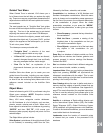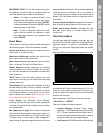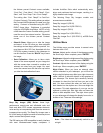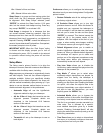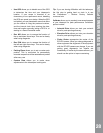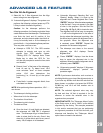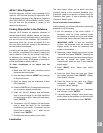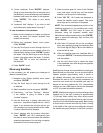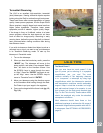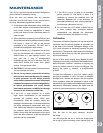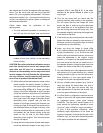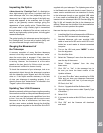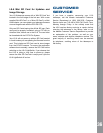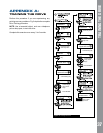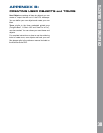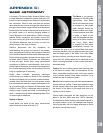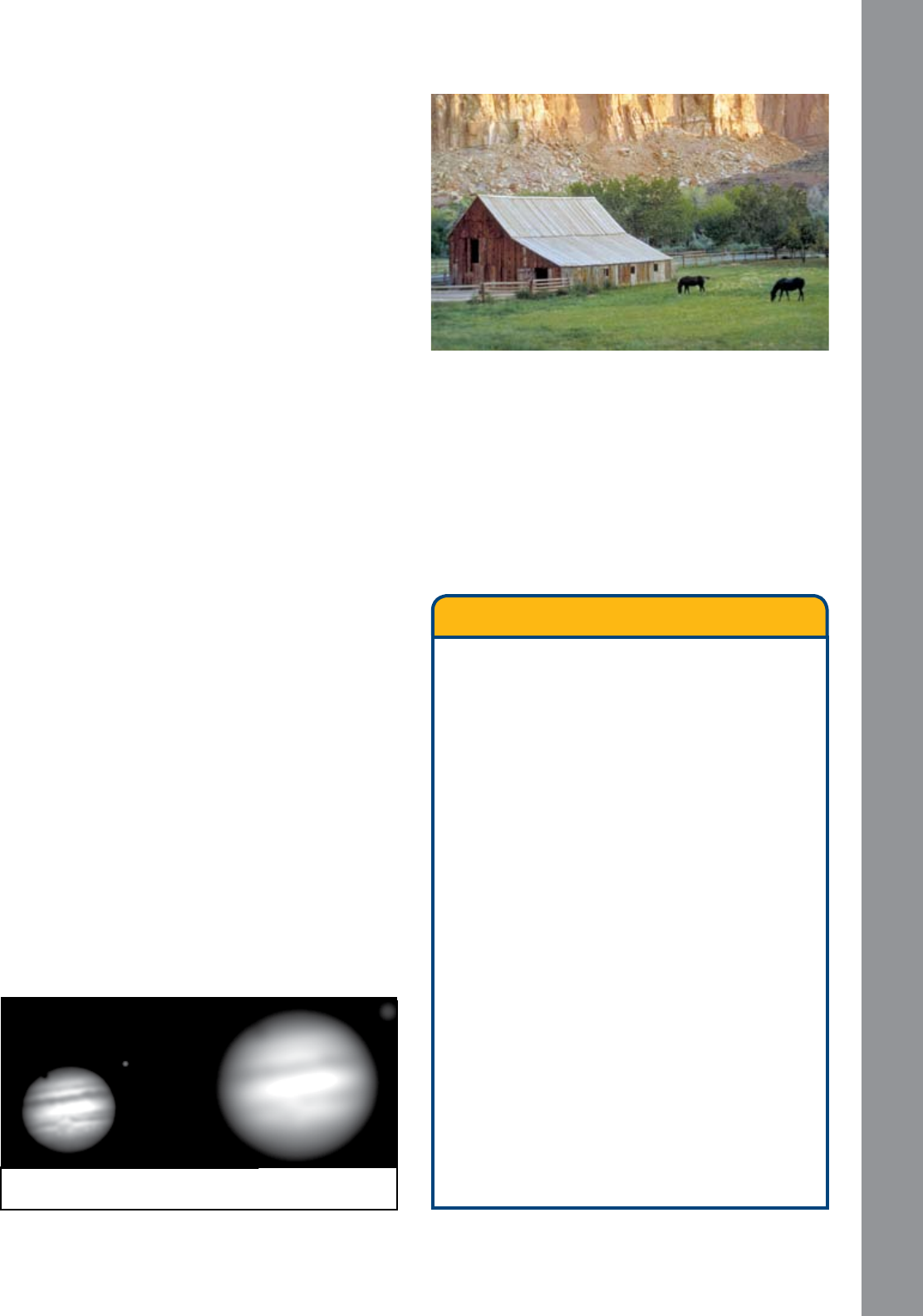
Terrestrial Observing
The LS-6 is an excellent high-resolution, terrestrial
(land) telescopes. Viewing terrestrial objects requires
looking along the Earth’s surface through heat waves.
These heat waves often cause degradation of image
quality. Lower power eyepieces, like the Super Plössl
26mm eyepiece, magnify these heat waves less than
higher power eyepieces. Therefore, lower power
eyepieces provide a steadier, higher quality image.
If the image is fuzzy or ill-dened, reduce to a lower
power eyepiece, where the heat waves do not have
such an effect on image quality. Observing in early
morning hours, before the ground has built up internal
heat, produces better viewing conditions than during
late afternoon hours.
If you wish to observe a distant land object, such as a
mountain top or a bird, you want to use your telescope
in its Terrestrial Observing mode. To start up the
telescope in Terrestrial mode:
1. Turn on the telescope.
2. When you hear the introductory audio, press the
“MODE” key. The telescope will move to the
home position, and when it has stopped “Select
Item” will show on the Handbox screen. Use
the SCROLL keys to move through the menu
to “Align”. Press the “ENTER” key again to set-
up the “Align” menu. Use the SCROLL keys to
move to “Terrestrial” and hit “ENTER”.
3. Move your telescope using the direction arrows
on the handbox while looking through the Red-
Dot Finder to put your target in the eyepiece.
4. Focus on the target with the focus knob (pg. 12,
Fig. 2, 9).
ADVANCED LS-6 FEATURES
Too Much Power?
Can you ever have too much power? If the
type of power you’re referring to is eyepiece
magnication, yes, you can! The most
common mistake of the beginning observer
is to “overpower” a telescope by using high
magnications which the telescope’s aperture
and atmospheric conditions cannot reasonably
support. Keep in mind that a smaller, but bright
and well-resolved image is far superior to one
that is larger, but dim and poorly resolved (see
Figs. 7a and 7b to the left). Powers above 400X
should be employed only under the steadiest
atmospheric conditions.
Most observers should have three or four
additional eyepieces to achieve the full range of
reasonable magnications possible with the LS-
6 telescopes. See OPTIONAL ACCESSORIES,
page 16.
LS-6 TIPS
Figs. 7a & 7b: Jupiter; examples of the right amount of
magnication and too much magnication.
32
Capitol Reef, Utah



